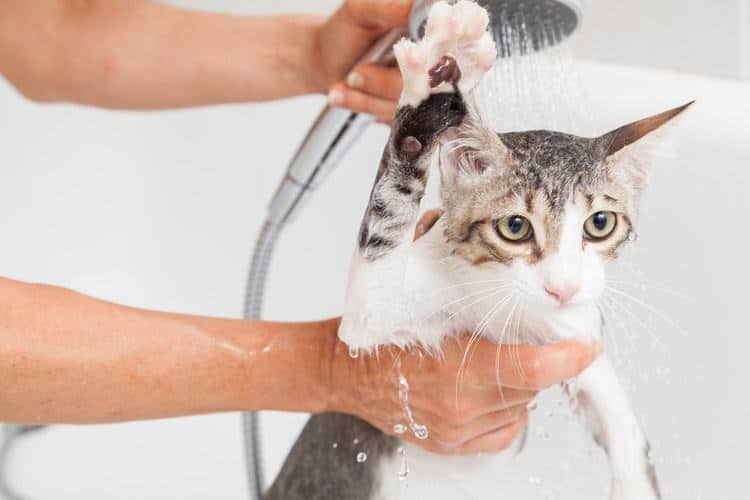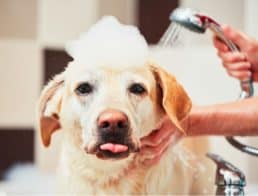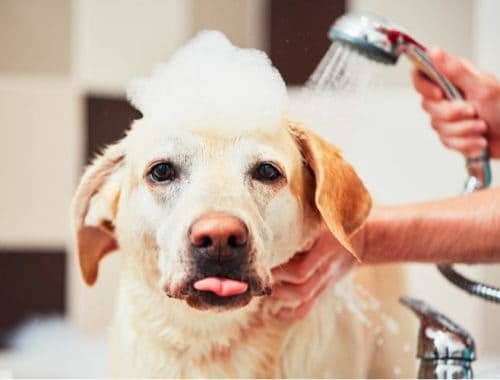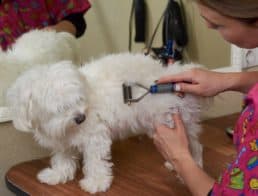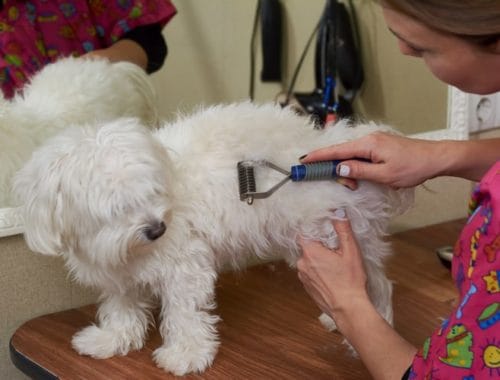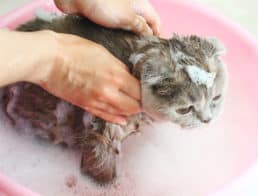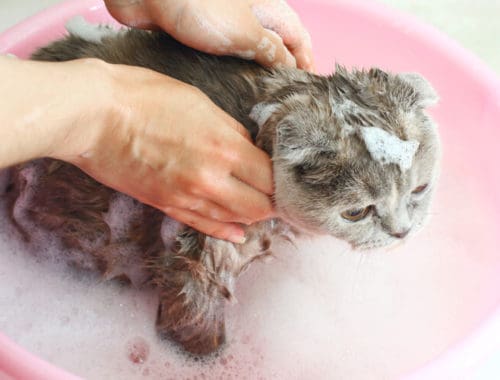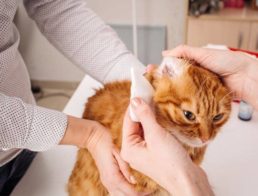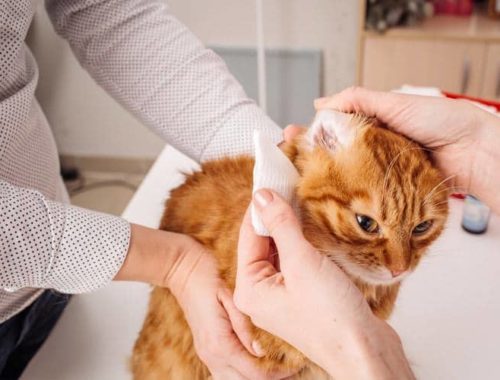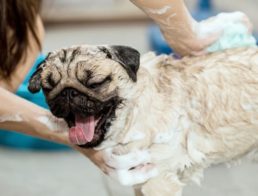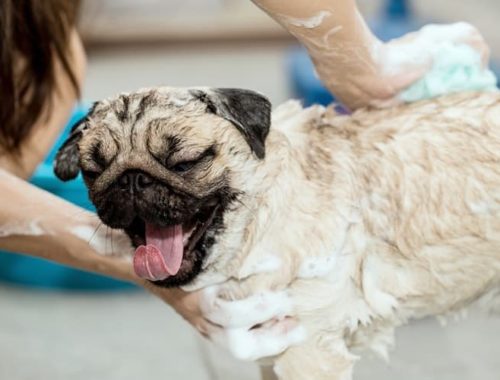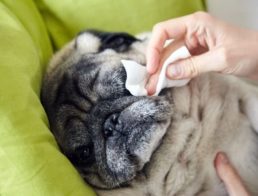Considering the amount of grooming cats do every day, you wouldn’t think that you’d need to bathe your cat. And you’d be right. Cats obsessively clean themselves, so they typically only need regular brushing.
However, there are situations where you’ll need to give your cat a bath. You may have just adopted a new kitten from a shelter. Or, they may have soiled themselves while using their litter box.
Whatever the case may be, giving your cat a bath can be a challenge. Most cats are naturally repelled by water and will do anything to avoid it. Some even refuse to walk across a damp floor. Without the right preparation, your loving kitten could end up hurting you.
Here are six simple steps to giving a cat a bath:
Before you start, you should make sure you have everything you’ll need at arm’s length. If you have to run out of the room while in the middle of bathing the cat, you’ll have a hard time picking up where you left off. You’ll want to have rubber gloves to protect yourself from scratches, a gentle cat shampoo, a pitcher, a towel, a cloth, and cotton balls if you want to clean their ears.
To help you and your cat stay happy, here are the six steps explained in detail, along with some product recommendations.
Step 1: Fill a Sink Halfway with Lukewarm Water
It’s a lot easier to bathe a cat in a sink than in a tub. You won’t have to strain yourself as much to comfortably reach the cat, and they may be less stressed in a sink than in a large bathtub. Make sure to keep the water lukewarm, as cold and hot water could make your cat uncomfortable and cause them to become even more nervous around water in the future.
Step 2: Get the Cat Nice and Wet, Avoiding the Face, before Applying Shampoo
Using either your hands or a pitcher, get the cat nice and wet. While avoiding the face, apply the shampoo. Products like Burt’s Bees for Cats are recommended. It’s hypoallergenic, contains no harmful ingredients, and keeps their fur soft and conditioned.
Make sure not to get any water in your cat’s ears. If you do, make sure to dry the ear, as it could cause yeast to grow.
Step 3: Lather the Shampoo and Rinse with a Pitcher
As you would your own hair, lather the shampoo, massaging it into the cat’s fur. If the shampoo is medicated to treat fleas or infections, like Pet MD’s Antiseptic & Antifungal Medicated Shampoo, you’ll want to let it sit for a couple of minutes. Otherwise, rinse it off using the pitcher, making sure to get it all.
Step 4: Use a Damp Washcloth to Clean Your Cat’s Face
Don’t try and get water directly on your cat’s face, as it’s an easy way to end up with an angry cat. Instead, use a damp cloth to clean its face.
Step 5: If Necessary, Use a Cotton Pad or Ball with a Cleaning Solution to Clean Your Cat’s Ears
You may want to check your cat’s ears to see if they need to be cleaned. You’ll want to clean them at least once a year.
Put a few drops of an alcohol-free ear cleaner into both ears, like the Virbac Epi-Otic Advanced Ear Cleaner. It’s quick-drying and contains no harmful ingredients. Then, let your cat shake its head and move around as it normally would. This allows the cleaner to dislodge wax and build up.
Then soak a cotton ball in the cleaner and use it to wipe clean the cat’s ears, making sure not to push too deep.
Step 6: Wrap a Towel around Your Cat and Dry off Their Fur as Best You Can
Lift your cat onto a large towel and wrap it around them. Dry off their fur as best you can, getting rid of as much water as possible. If the cat is long-haired, you can consider using a blow dryer, but only if the cat isn’t afraid of the sound.
With these simple steps, you should have no problem bathing even the unruliest of cats. But if you do have trouble, consider using a professional groomer.


